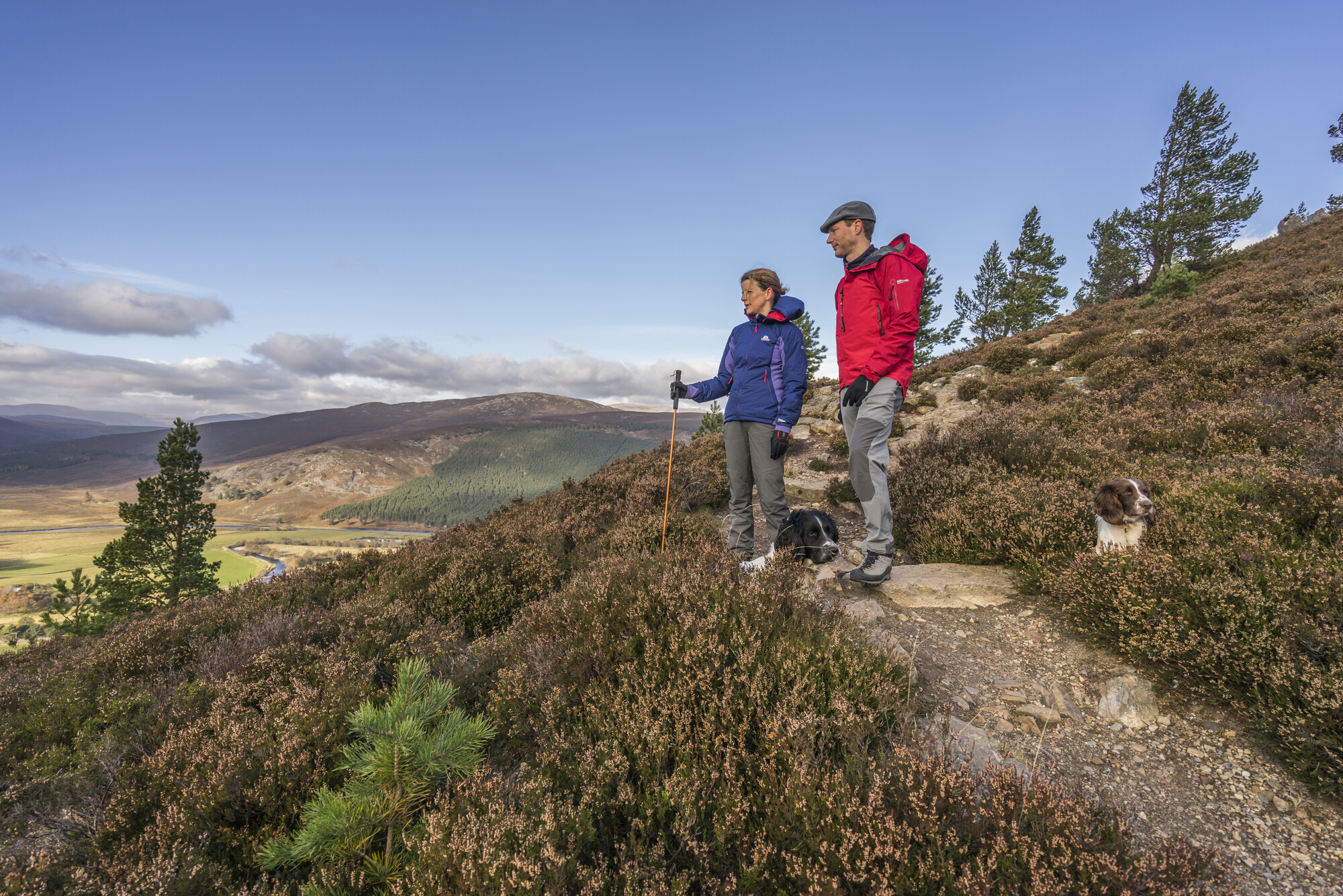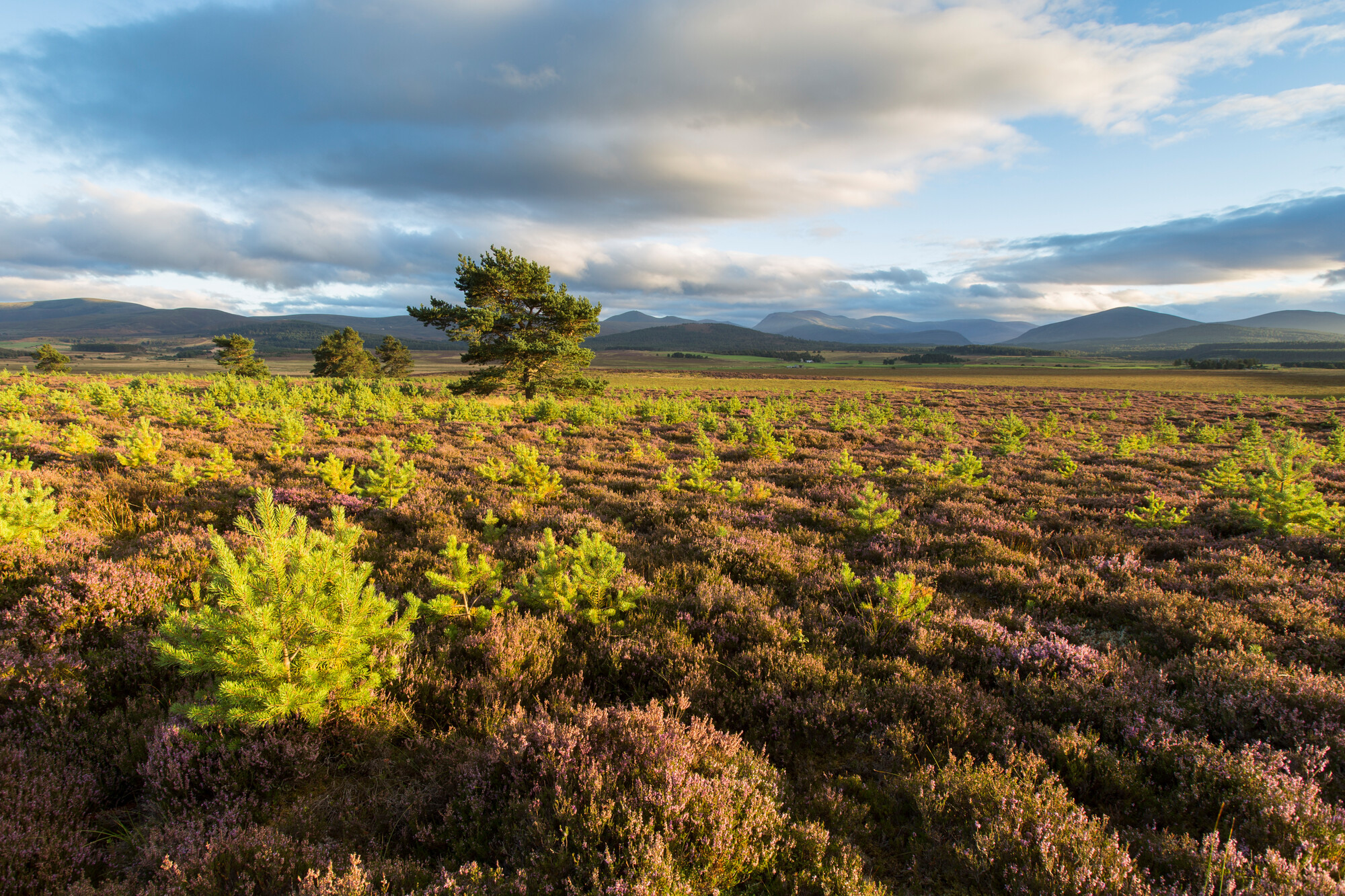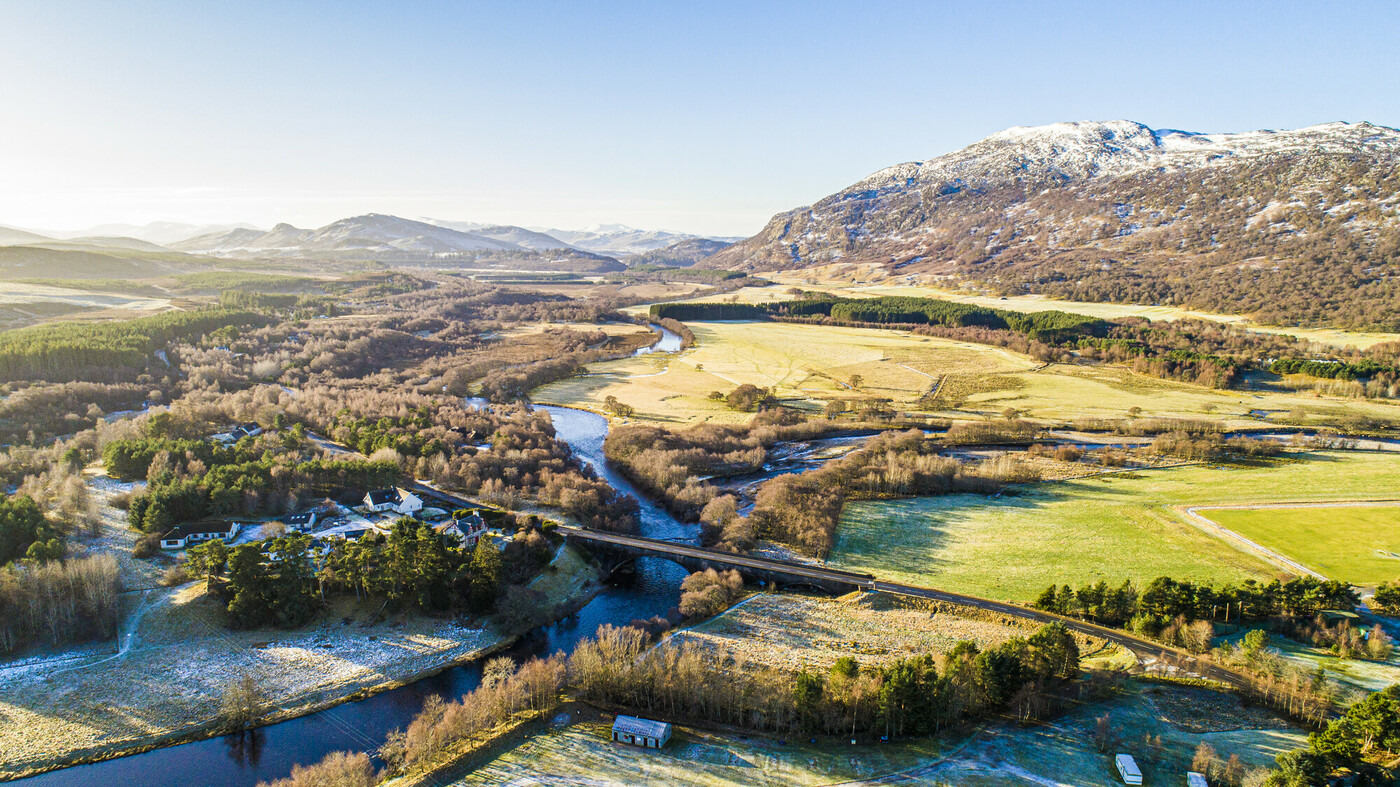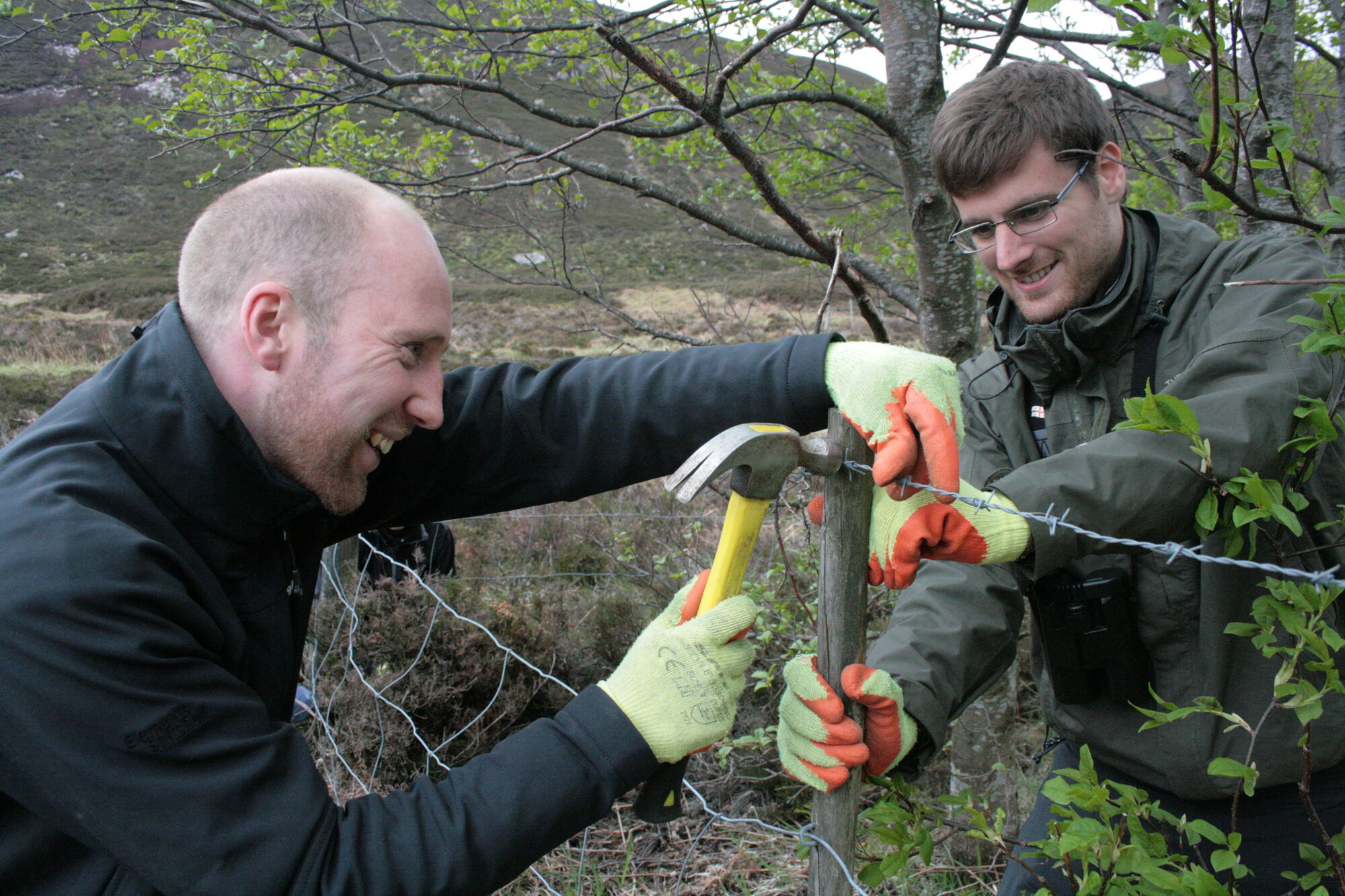Come for a blether about beavers
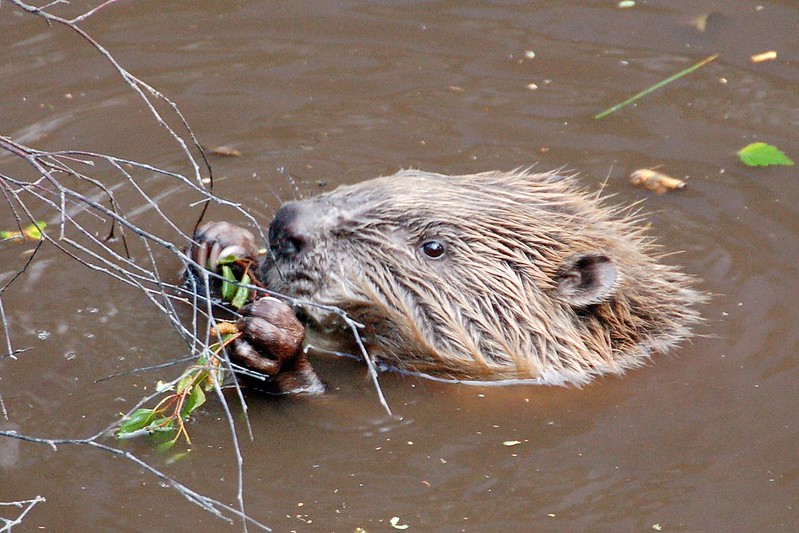
Come for a blether about beavers
Find out more at information events in March
In the midst of a climate and nature crisis, beavers are nature’s engineers with an incredible ability to rework, restore and re naturalise the landscape, helping combat climate change and boost biodiversity. From coppicing and regenerating riparian trees to damming smaller water courses, creating narrow canals and rich wetlands, beavers create the ideal habitat for wildlife to thrive. That is why the Cairngorms National Park Authority, working with partners, is excited to bring beavers back to the Cairngorms.
The actions of beavers also benefit people, creating and expanding wetlands that act like a sponge to hold back water, reduce downstream flooding and store carbon. Beaver dams have also been shown to improve water quality, reducing the effects of agricultural run-off and harmful chemicals in the water supply.
The Cairngorms National Park Authority is working closely with a range of partners to develop a carefully considered proposal to bring beavers back to the area – having been lost from the Cairngorms since the 16th century. Whilst exact release locations are still to be finalised, habitat assessment work has determined that parts of the Upper Spey catchment will be the main area of focus initially.
The University of Exeter and the Beaver Trust are modelling beaver release site scenarios in the Upper Spey catchment to understand population growth, dispersal and impacts. Furthermore, NatureScot will produce a Strategic Environmental Assessment for the Spey catchment, which will include the identification of risks and constraints of beaver translocation to other interests (habitats, species, migratory fish, land management, infrastructure). This will be made available by Easter 2023 and is a critical piece of work that will be used to inform engagement and translocation plans.
The Park Authority is also working with the Cairngorms Beaver Group, which was established in 2017 to advise and plan for the arrival of beavers to the National Park. It includes representatives from a wide range of backgrounds and sectors, including land management, conservation bodies, fisheries and farmers.
Beavers cannot be captured, transported or released in Scotland without a licence, which is issued by NatureScot. The process for issuing a licence follows guidelines set out in the Code for Conservation Translocations which is designed to ensure all benefits and issues are considered. An essential step in applying for a licence is understanding local community and stakeholder views on having beavers in their area.
To help people understand more about beavers, the benefits and impacts of the species, as well as how the translocation process works, a series of drop-in events – Beaver Blethers – is taking place during March.
As the upper Spey catchment has been specifically identified as being highly suitable for beaver, the Beaver Blethers are taking place in the Badenoch and Strathspey area only, with the first one exclusively for farmers and land managers. It will take place on Wednesday 1st March at the Kincraig Community Hall from 2pm-7pm. This will provide an opportunity to find out more prior to the six week formal engagement programme on our detailed plans that will begin in May.
There are three events taking place for the general public. These ‘Beaver Blethers’ are all taking place between 2pm – 7pm:
- Thursday 9th March at the Duke of Gordon Hotel, Kingussie
- Thursday 16th March at the Community Hall, Kincraig
- Wednesday 22nd March at the Aviemore Youth Hostel
Sarah Henshall, Head of Conservation at the Cairngorms National Park Authority said: “A lot has changed in our landscape since beavers were last here and we know that sometimes their activities can come into conflict with other wildlife, land management and infrastructure. That is why we are embarking on a programme of engagement to provide information, dispel myths and importantly identify concerns.
“We have just recently appointed a beaver officer who is coordinating various aspects of our engagement work and research, and who will be working with partners to ensure that the arrival of beavers is well managed. There are lots of constructive conversations happening to support the return of beavers to the Spey catchment.
“I would encourage anyone with an interest in bringing beavers back to the Cairngorms National Park to pop along to one of our Beaver Blethers events.
“The formal engagement will inform the licence application to NatureScot later this year. There is certainly a great deal going on and all this work will undoubtedly offer an insight into, and direct what happens in the Park in future.”
Eurasian beavers have European Protected Species status and the Scottish Government is supporting translocations as a proactive measure to establish beavers outside of their current range. In June last year, the Park Authority Board agreed that it would – working with partners – take the lead on bringing this lost species back to the Park.
For more information go here.
Latest from the National Park
In conversation with: Dr Sally Mackenzie
In conversation with Freshwater Restoration Manager, Dr Sally Mackenzie, about her role at the Park Authority.
Pulling together in wake of wildfires
An update from Park Authority Convener Sandy Bremner and Chief Executive Grant Moir on collective efforts to tackle wildfires in the National Park going forward.
Making a difference downstream
Reducing the impacts of droughts and high temperatures.
